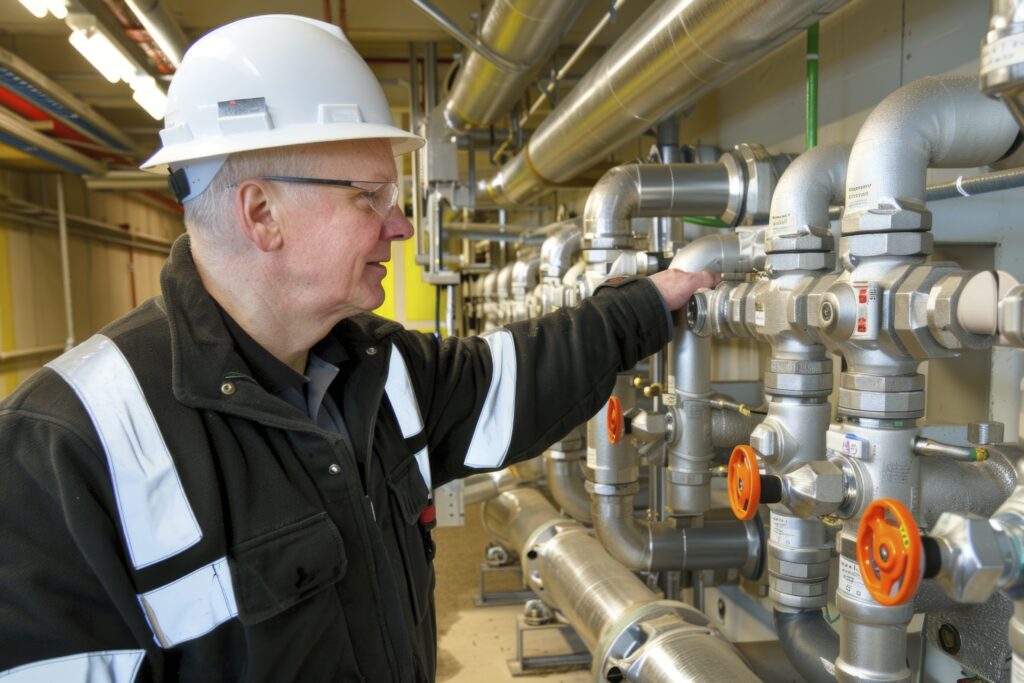The Importance of Backflow Prevention in Fire Protection Systems

When thinking about fire safety, people usually think of sprinklers, alarms, and extinguishers. Although these are essential tools for fire protection, most of us tend to forget about one important aspect, which is backflow prevention.
Backflow prevention plays a vital role in ensuring that the water supply in a building remains safe and uncontaminated even during emergency circumstances. Installing them in the fire protection systems is essential to prevent water contamination issues from arising. Let’s understand the importance of backflow prevention in fire protection systems.
What Is Backflow and Why Is It a Problem?
Backflow happens when water flows in the opposite direction from its actual path. In fire protection systems, this typically means that water from the sprinkler pipes and fire suppression systems flows back into the clean water supply. It usually happens due to a sudden drop in water pressure or due to an increase in pressure on the fire system side. This results in dirty, contaminated water mixing with the clean, potable water supply.
The Hidden Risks of Contaminated Water
The contaminated water and fire protection systems can contain impurities like rust, bacteria, mold, chemicals even fire suppression agents. If a backflow incident occurs, it can pose serious public health hazards by potentially contaminating the community’s water supply, possibly affecting thousands of people. This is why in the USA, there are building codes and local plumbing regulations that make the installation of backflow preventers compulsory in fire suppression systems.
How Do Backflow Preventers Work?
Backflow preventers are mechanical valves that are installed in fire protection piping. They allow water to flow only in one direction, which is towards the sprinkler heads. If too much water backflows due to a sudden change in pressure, the valve automatically shuts, preventing contaminated water from going backwards. However, just like any other fire protection system, backflow preventers also need routine inspection and maintenance. It is necessary to test them annually to ensure the device is functioning properly.
Who Needs Backflow Prevention?
Every building needs backflow prevention: whether it’s a residential complex, a commercial building, or an industrial site. If a building has a fire protection system, then it needs a backflow prevention device to avoid contaminated water from entering the main water supply. Installing this device is a smart move that can protect the people in your building, prevent potential legal issues, and make sure your fire system doesn’t cause any contamination.
Contact FireMaster
Why put the lives of people at risk when installing a simple backflow prevention device can help prevent such situations? Reach out to FireMaster today to get reliable fire protection solutions. We have decades of experience in helping businesses improve their fire safety.
Our team is always ready to help people keep their fire protection systems up to code, fully functional, and safe from the risks of water contamination. Visit our website today to learn how we can help safeguard your building with our cutting-edge fire protection systems, like kitchen hood fire suppression systems.
